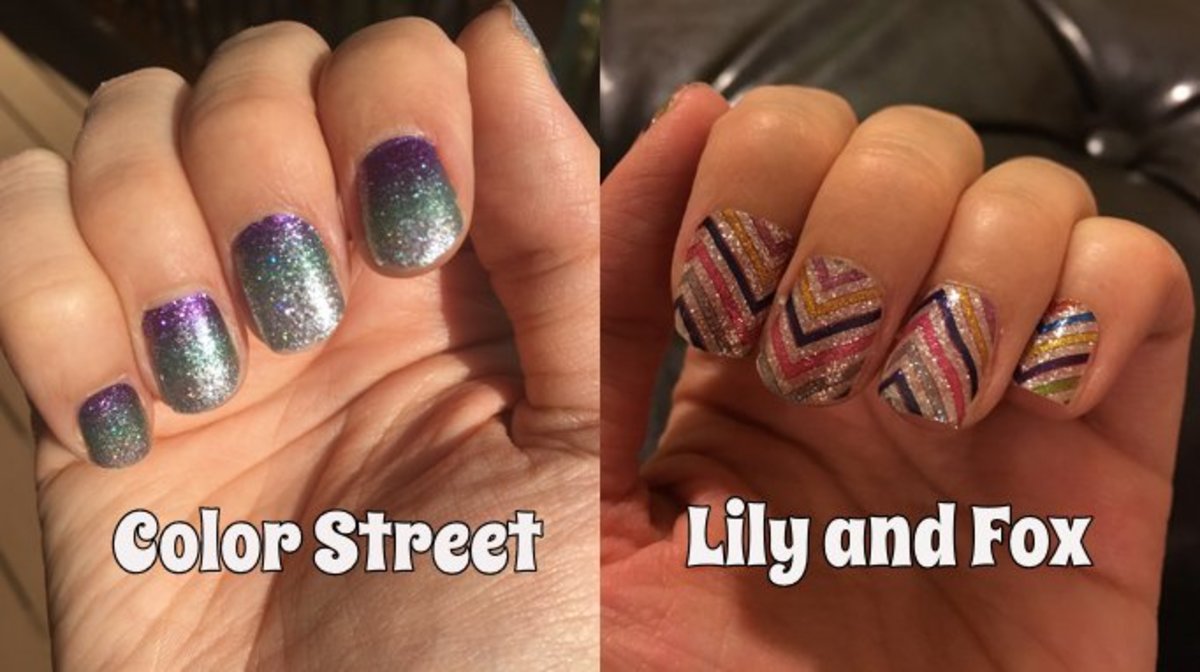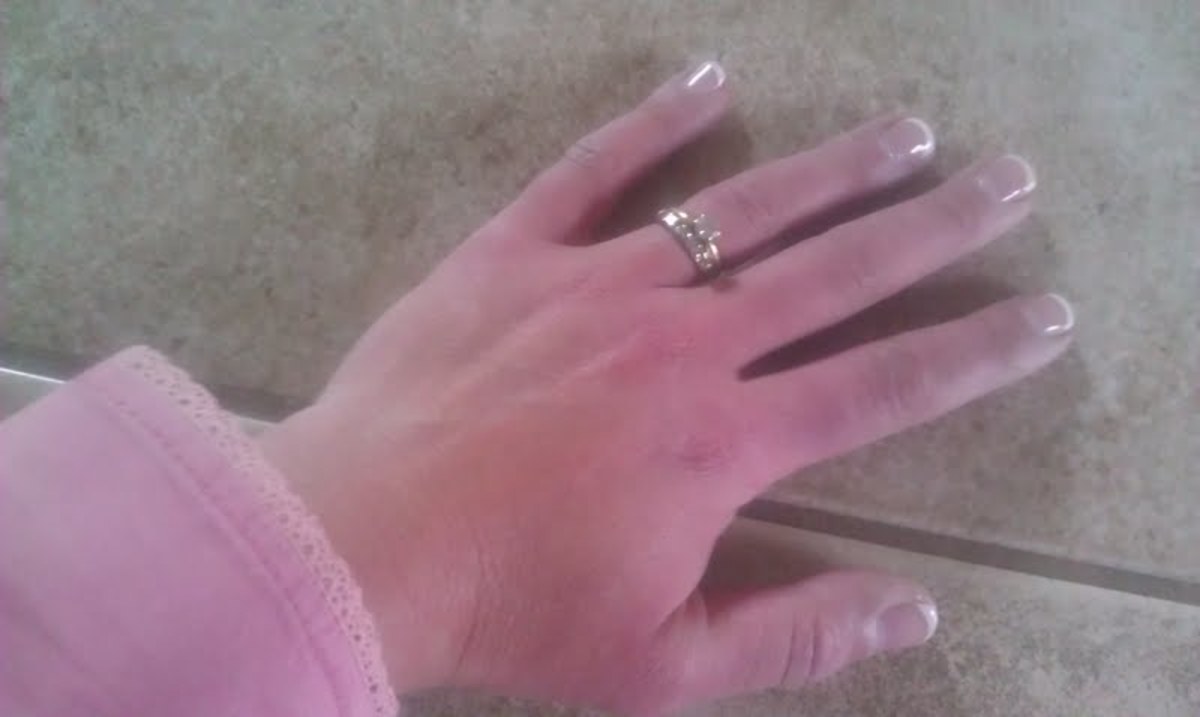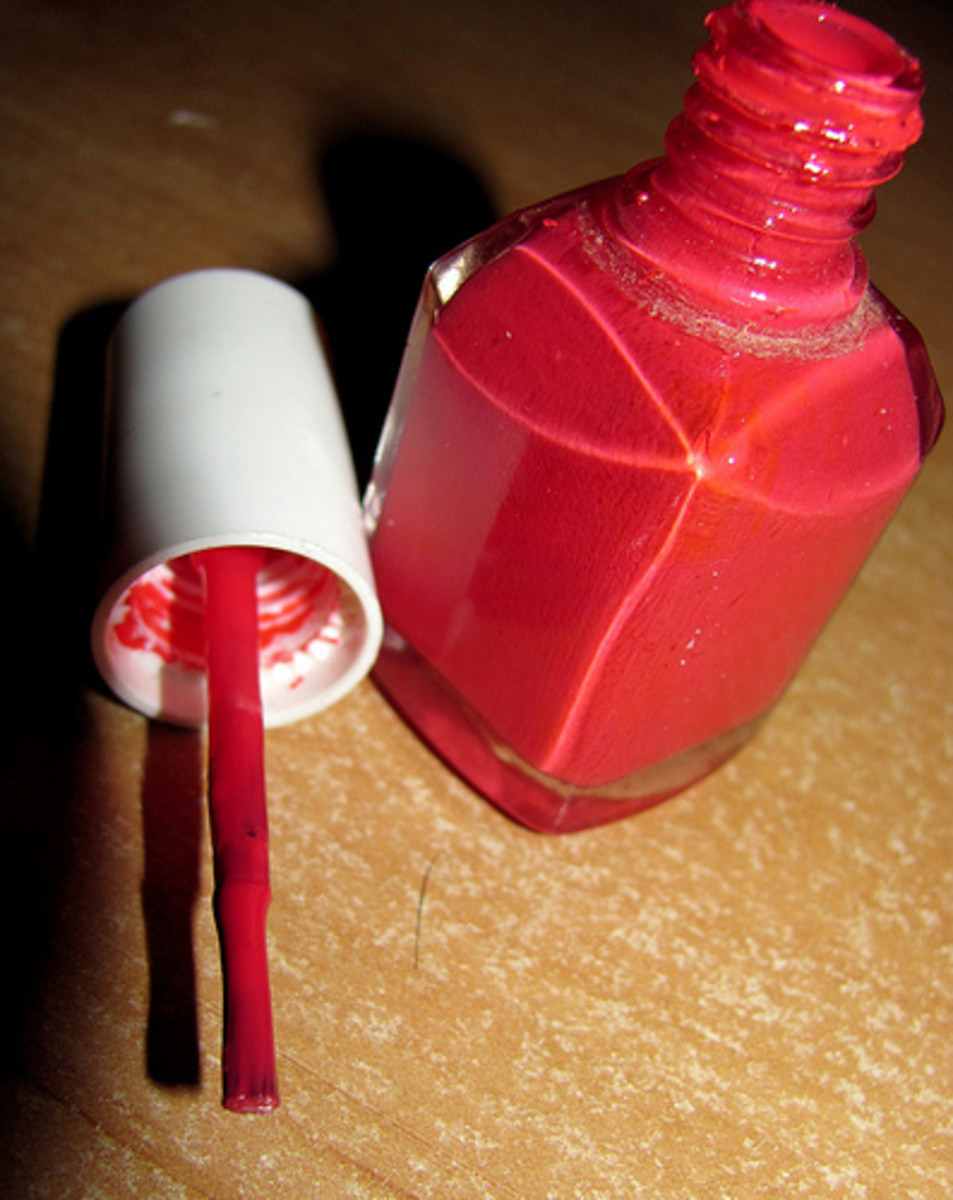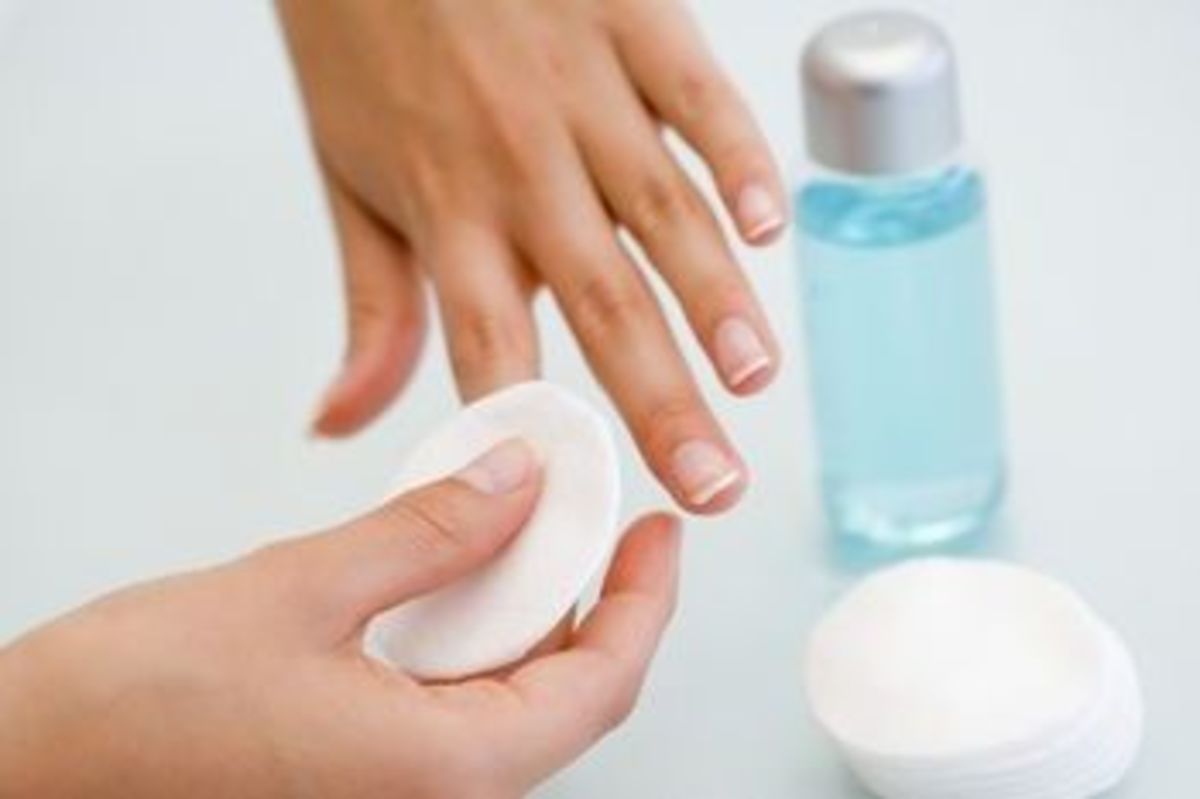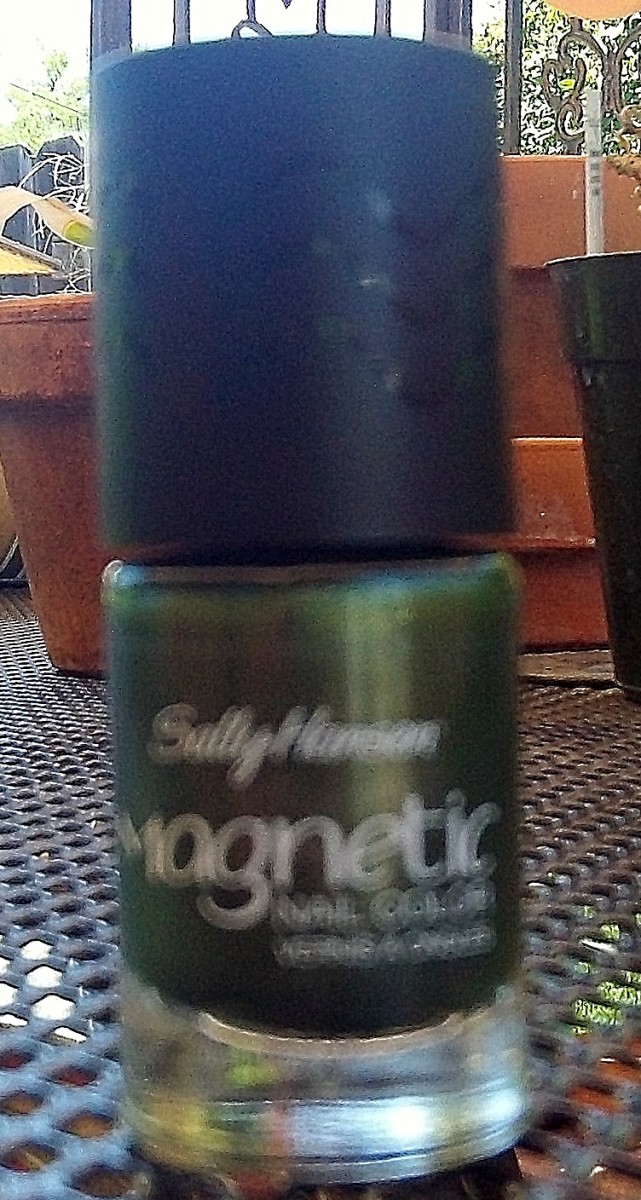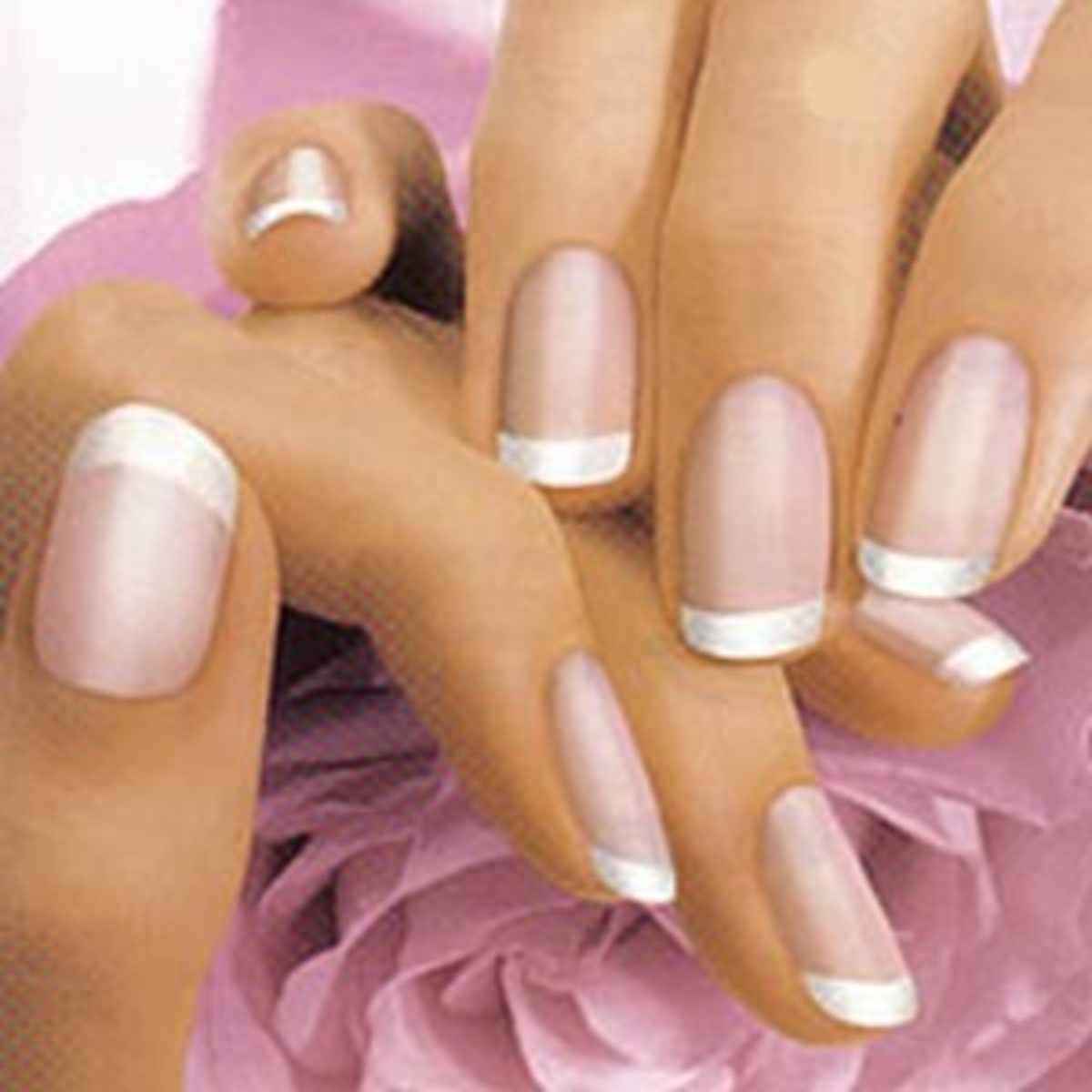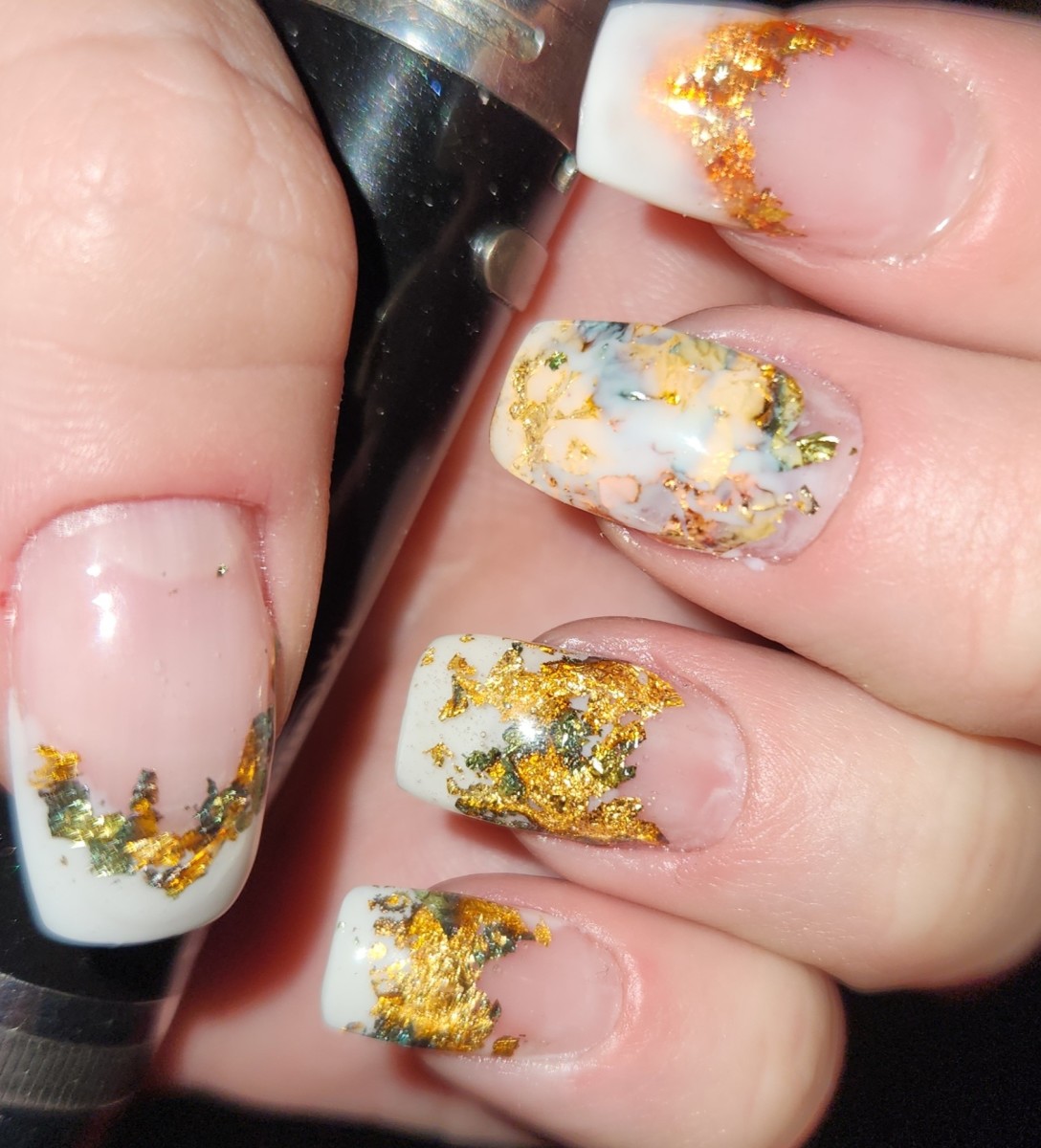When Did Using Nail Polish Start?

Nail polish is a lacquer used on finger and toenails to decorate and protect them. Its use may have originated with henna (an all-natural, plant-based dye) decorations in India.
From there it probably mushroomed to other cultures. Babylonia was apparently the next to take up the trend by polishing up on a new fad called manicures. The first modern manicure in the 1930s was called the “moon manicure.”
The Chinese went further, inventing a lacquer base and discovering they could increase color selections using flower petals.
It’s not known for certain where and when the use of nail polish actually originated. But, many historians believe it was probably in China, somewhere around 3000 B.C. Others believe it may have been in India over 5,000 years ago.
The use of henna began during the Bronze Age. It was not only used to color nails, but numerous other exterior surfaces including skin, hair, and textiles as well. It’s interesting to note, it was men who proliferated the idea, not women.
In Egypt, the socially elite utilized fingernail polish. It represented money, prosperity, and power.
In ancient China, around 600 B.C., Chinese royalty used metallic, gold and silver colored nail polish. The rank-and-file were not allowed to wear nail polish and could be killed if they did. Only a very courageous woman dared to color her nails above her “station.”
Not much else is known about the use of nail polish until the 1800s. During this time nails were being nurtured with scented oils after which they were polished with chamois cloth.
By the early 1900s, some were using tinted powders and creams to treat their nails before applying a clear varnish. This was usually applied with a small camel hair brush. Using a small brush made from camel hair.
It’s interesting to note during the 1920s, the invention of automobile paint inspired a woman by the name of Michelle Menard to improve nail polish production, which is what we are familiar with today.
Modern fingernail formulas are generally created from a nitrocellulose substance dissolved in a solvent. They are then frequently tinted with various colored pigments or simply left clear.
Companies producing these polishes have been pressured to reduce or eliminate potentially toxic ingredients, such as dibutyl phthalate which has been linked to testicular problems in both humans and animals.
These polishes now come in a vast array of colors. Additionally they often provide other benefits like creating faster growing, stronger nails that are less likely to become yellow.
Interestingly, at one time, black was the favorite nail polish color worn by Babylonian warriors…lips tinted to match.
Archaeologists unearthed an engraved, solid gold manicure set, obviously belonging to royalty, at Ur in Southern Babylonia. They unearthed an engraved, solid gold manicure set. The set also contained kohl, a green or black ancient eye cosmetic traditionally made by grinding lead sulfide and other ingredients. The color black indicated someone of importance, while green was generally worn by the lower classes.
- · Tut-ankh-Amen’s daughter-in-law, Egyptian Queen Nefertiti, said to have been a real beauty who reigned some 3,000 years ago, painted her fingernails and toenails red.
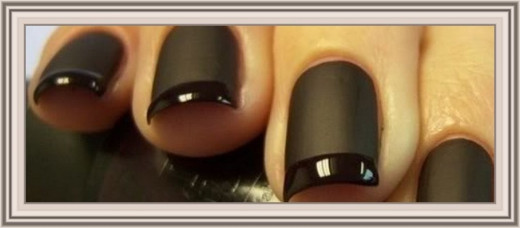
- Cleopatra used deep rusty shades with just a trace of gold undertone. During that era henna on the nails was limited by a strict social code.
Common Egyptian women were only permitted to wear pastel colors. Deeper colors indicated where one ranked on the social scale.
Practices such as these continued for centuries, until the American woman came on the scene. The old routine was simply too time-consuming. They needed something simple that applied easily. Thus, liquid nail polish was born. In 1911 less than 25 percent of American women were frequent users. But by 1940 nearly 90 percent were using manicure products. The first polish to appear on the market in 1916 was clear. Soon afterwards, the first rose-tinted nail polish appeared. Cuticle remover came in 1911.
A nail polish remover is, as the name suggests, an organic solvent used to remove nail polish from nails. There are many different types on the market using different formulas. However, the principle ingredient in most is usually acetone, ethyl acetate, butyl acetate, or alcohol.
These chemicals dehydrate the skin, irritate eyes, and cause nails to become dry and brittle. They are also highly flammable. To combat these effects many companies have added conditioning ingredients like castor oil, cetyl palmitate, or lanolin.
Some removers claim to be acetone-free, but this doesn’t necessarily mean there are no side effects. It may contain toxic methanol which can be even more harmful. Those seeking less-toxic nail polish removers should use water-based products

